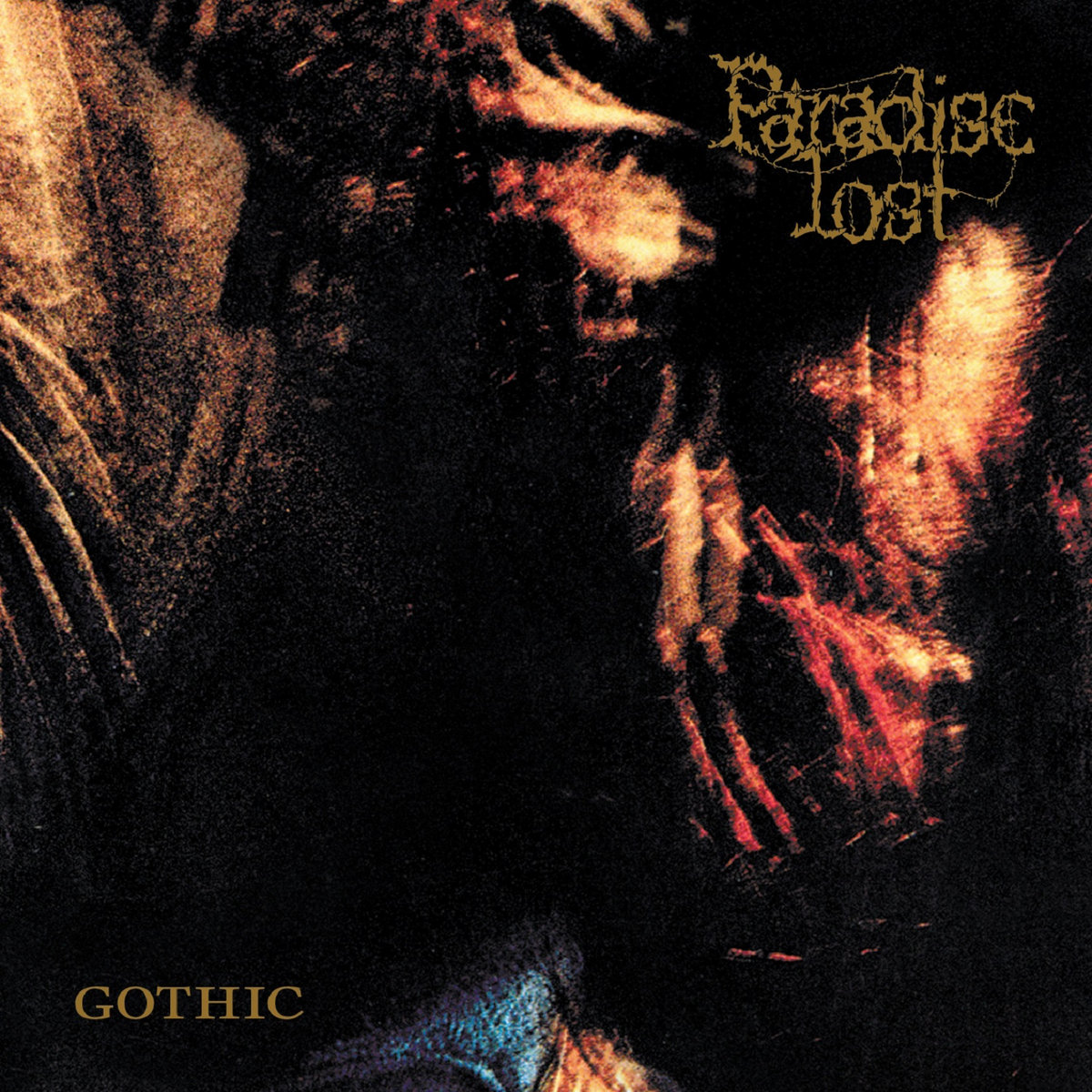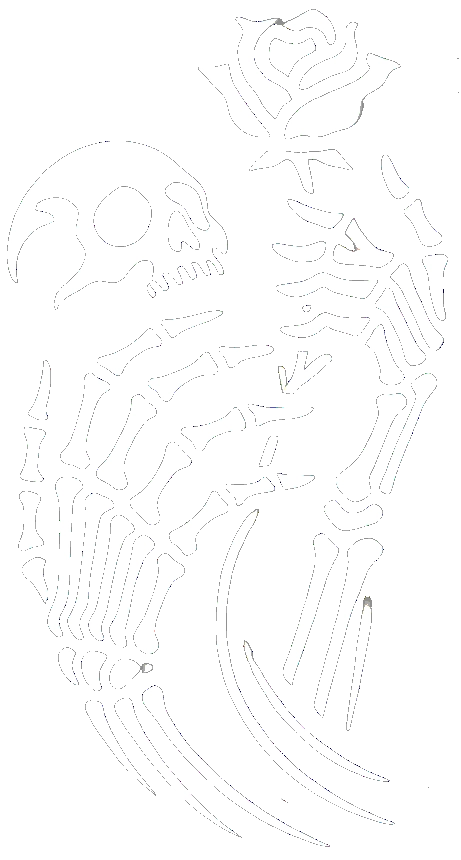It is fascinating to trace the archæ of what you might call sonogenesis—the birth of a genre. Most texts will cite the origins of the funeral doom genre as beginning with Thergothon, Disembowelment, or the obscure band Winter. However, I contend that the genre’s roots lie with a pioneer of the gothic doom metal genre—perhaps the grandfather of all things death-doom: Paradise Lost.
I vividly recall going into Second Avenue Records in Portland, Oregon, on a Saturday, purchasing this album on cassette tape (yes, those actually existed), slapping it haphazardly into my Sony Walkman (yes, those existed too). What happened after that will be forever etched into my mind. At the time, I was primarily into thrash metal, which was raging far and wide, as well as death metal. Bands like Anthrax and Death never had such a profound effect on me as this emerging band from England did. I can clearly recall the first dirge-like whole note of Gregor Mackintosh’s guitar saturating my ears with such a baleful and woeful sound. This was excruciatingly heavy, permeating with existential dread and sadness. And wait—is that an opera singer on the chorus? I almost lost control of my bodily functions in my Bermuda shorts and Chuck Taylors.
Granted, their debut Lost Paradise was more death metal than doom, and their beginnings were marked by less-than-stellar production. However, that does not dismiss the fact that the elements of funeral doom were already taking shape. The plodding guitars, tuned to an ungodly C#, formed the backbone of the album. But we would be remiss if we didn’t discuss the elements within “Gothic”. All of the essential ingredients were present: growling vocals, thunderous drums, a dutiful, rumbling bass, and the one element that seemed to descend from heaven into the souls of the dying—the inclusion of opera singer Sarah Marrion. As Nick Holmes’ devilish growl filled our ears with demonic torments, it was her angelic voice providing much-needed respite from his vocal onslaught. This “beauty and the beast” pairing—although now a hallmark of funeral doom—did not exist in 1991. Most likely, it was the primordial angel/demon tonal duality.
Her a cappella vocals at the song’s conclusion provide a soundtrack to the aforementioned existential crises. Songs like “Eternal” embody a prototype of funeral doom’s progenitor—death-doom—with its mid-paced plod showing a convincing interplay between lead guitar and synth, now prevalent in modern funeral doom. “Falling Forever” is essentially Mournful Congregation on copious amounts of caffeine, and the first minute of “Rapture” is, most likely, the pivotal ancestor to death-doom itself. Yet, it is the track “Desolate” that perhaps serves as the catalyst for funeral doom’s mournful, endlessly dark atmosphere. It is an orchestral postlude that would fit nicely alongside bands like Luna, The Howling Void, and Dauðaró. This bleeds into the final track—the genre-announcing prophetic “Rotting Misery”. This, my friends, I most humbly believe, is where funeral doom actually began. It doesn’t vary in tempo, clocking in at a very familiar 58 bpm—which, as we all know, is perfect for sadness and grieving. The ending, however, does venture into double bass territory for eight measures. Yet, this is now normalized and accepted in funeral doom.
What is most telling, however, are the mournful melodies of the lead guitars throughout the album. They set the tone and grieving zeitgeist for funeral doom in its current state, with both melody and harmony crying out in minor scales that appear in modern doom bands such as Draconian, Doom:VS, Saturnus, and Chalice of Suffering. Yes, “Gothic” speeds along at an average of 75–100 bpm, which is too fast and frantic for funeral doom today. Holmes’ vocals are not as deep as most funeral doom vocalists. However, fathering a much slower subgenre was never their intention. They, in fact, left the death-doom shores, spawning explorations into gothic doom with albums such as Draconian Times and One Second.
But if one sits down on a quiet, misty night, where the light from a bedside lamp is teased by whispering shadows, and intently pays rapt attention to Paradise Lost with an active listening acumen, one can clearly see the evolution of funeral doom within the framework of “Gothic”. After all, where would bands like Shape of Despair, Aeonian Sorrow, Swallow the Sun, and Dauðaró be without the groundwork laid by this essential progenitor? We would not have our beloved soundtrack to grief and despondency.

